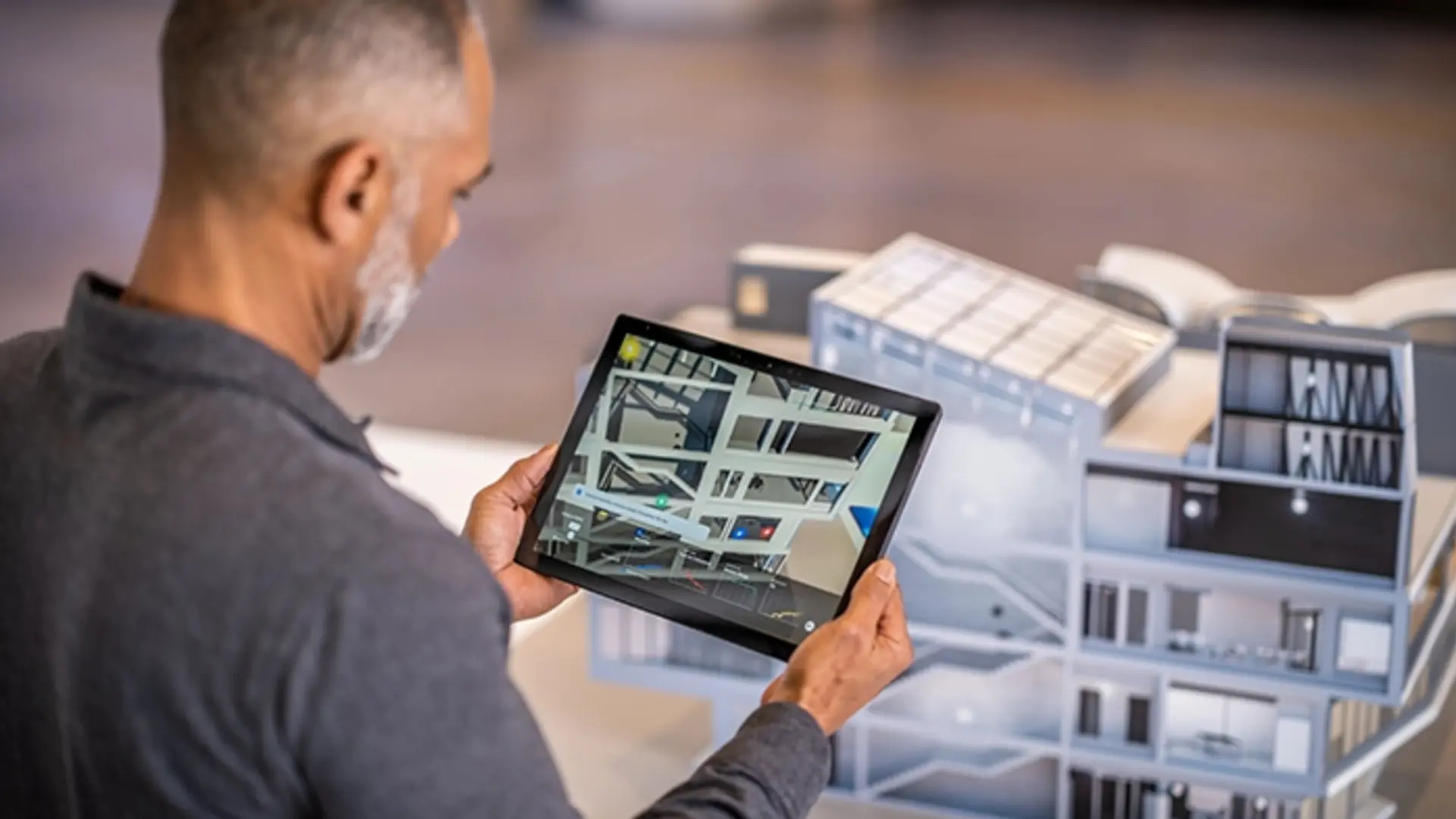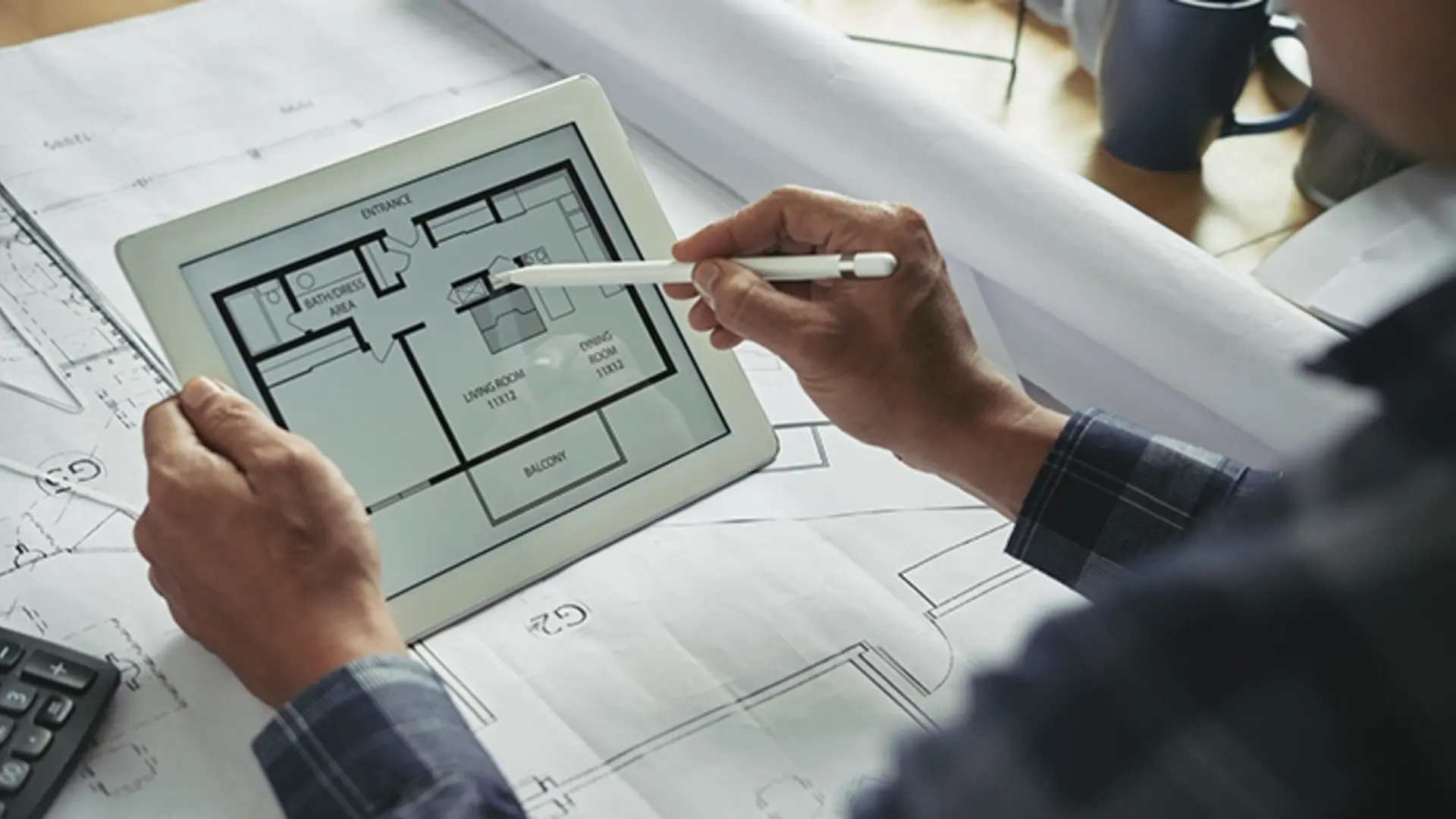AI in architecture is gaining traction with tools to automate aspects of image generation, schematic design, urban planning, interior layout, and more.
Artificial Intelligence (AI) in architecture is becoming a pervasive, powerful tool it’s also a technology that finds itself at an awkward, intermediate stage of development. AI can solve simple, practical problems, like how to arrange a floor plan, with unmatched speed and variation. And it can paint broad, creative visions culled from the entire Internet’s worth of imagery with just a brief text prompt. But connecting these two parts of the design process, the fundamental science and art of architecture, has proven elusive.

AI in architecture design is based on computer programs that mimic human cognition to solve complex problems and respond dynamically to stimulus. A closely related subfield is machine learning, which refers to an AI system’s ability to recognize patterns and learn from them, independently improving its cognition ability without human intervention.
Discover unparalleled craftsmanship and attention to detail in our properties, where modern amenities seamlessly blend with timeless elegance. Our portfolio includes homes that redefine comfort, featuring spacious interiors, state-of-the-art kitchens, and panoramic views that create a haven of tranquility.
Narrowly focused AI tools can optimize designs for building-performance metrics, generate floor plans from simple programmatic and spatial inputs, and reorganize floor plans dynamically as walls and partitions are moved—essentially automating mundane, omnipresent design tasks. AI engineers are working on integrating natural language text-based interfaces, likeChatGPT, in AI architecture tools like these. AI-assisted floor-plate generation is a species of parametric design, which is long-established in architecture to generate endless formal variations.
AI in architectural design is most useful for rapidly completing mundane, repetitive tasks and for optimizing designs by small increments, often referred to as artificial narrow intelligence. AI is most effective where these types of tasks overlap, as they often do. AI can instantly fill a residential tower with apartments shaped to fit the developers’ specifications and can tune them to varying degrees of material and cost efficiency. Additionally, image generators can work as an unapparelled “mood board” for design inspiration, offering a quick visual synthesis drawn from vast image libraries. These detailed images can give architects an aesthetic target to aim for as they define structural and engineering systems.
Many architects are accustomed to having their designs mediated through digital processes such as building information modeling (BIM), and AI is changing what these models can do. In many ways, digital twins that contain all formal description and performance data of a building are the next evolution of BIM. AI could allow these models to be tested and prodded, able to examine how changing one variable might affect the building’s energy performance, solar heat gain, or shade cast across the street, then continually and independently learn how to improve operations and design. This emerging technology is fed by networked Internet of Things sensors and devices that feed data directly to digital twins.
In both of these scenarios, architects take on a more broad-based curatorial role instead of maintaining granular control of every design decision; they are defining parameters, selecting and discarding options, and offering advice and guidance to algorithms. That’s a radical change in how architecture has been practiced.
